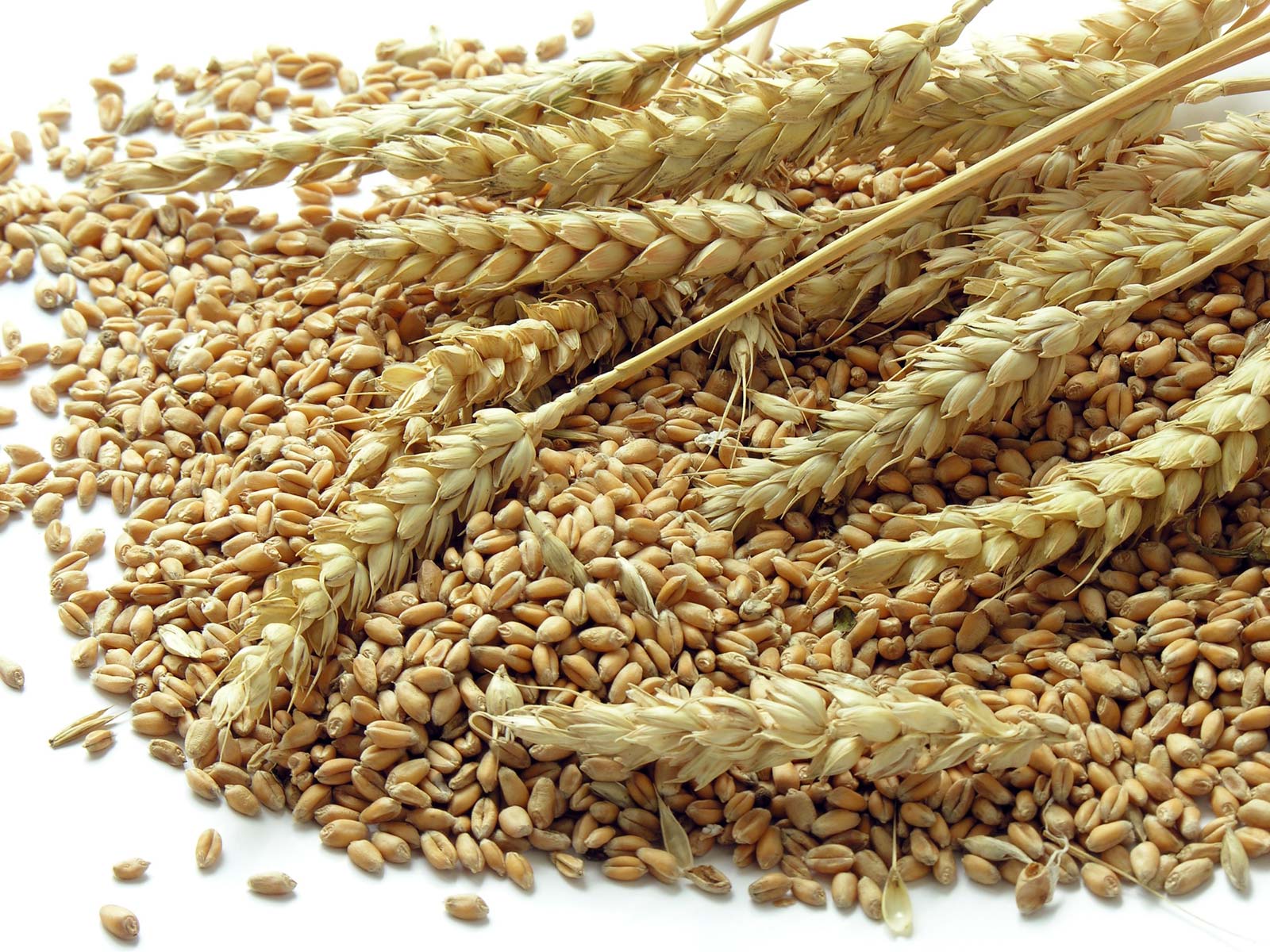0%

Wheat/Image for Representation
TAPLEJUNG: People of the highlands in Tapelejung are busy in managing food for future purposes. Their preparation is for the rainy season which generally results in incidences of landslide, flood, and other natural disasters in a high settlement.
With the beginning of Nepali New Year, people here keep themselves busy in the food management for future use. The stock would be sufficient to meet the requirements till November-December, said Kelshang Sherpa of Ghunsa of Phaktanglung rural municipality-7.
As Sherpa said, they remain almost isolated during rains as transport facility here gets disrupted by flood and landslide and food security for eight months is the prime concern of the hour of every household here.
Until last year, they would use Tiptala point for food supplies from China. Now, the transit point has remained closed owing to the Covid-19 crisis and they are compelled to bring food from the district headquarters Phungling by paying high transport charge.
With the establishment of local governments, road construction projects were undertaken to target remote areas in the district, but Ghunsa, Phale, Gyapla, Khambajen Amjilesa of Phaktanglung rural municipality-7 and Olangchunggola and Yangma of Phaktanglung rural municipality-7 have no access to motorable roads.
Mules and yaks are used as reliable means of transport by the Phaktalung folks. One yak can carry a load up to 100 kilos at once and the capacity of a mule is 70 kilos. But, now motor service is available up to 24 kilometers from Phungling and the animals are used for the rest of the way.
Tenzing Sherpa of Olangchungola that lies at an altitude of 3,200 meters above sea level said they manage rice, edible oil, pulses, and wheat flour for future purposes. Olangchunggola is home to 65 Sherpa households.
Similarly, Yangma is home to 11 households and it is located at an altitude of 4,200 meters above sea level while 73 families reside at Ghunsa which lies at an altitude of 3,500 meters above sea level.